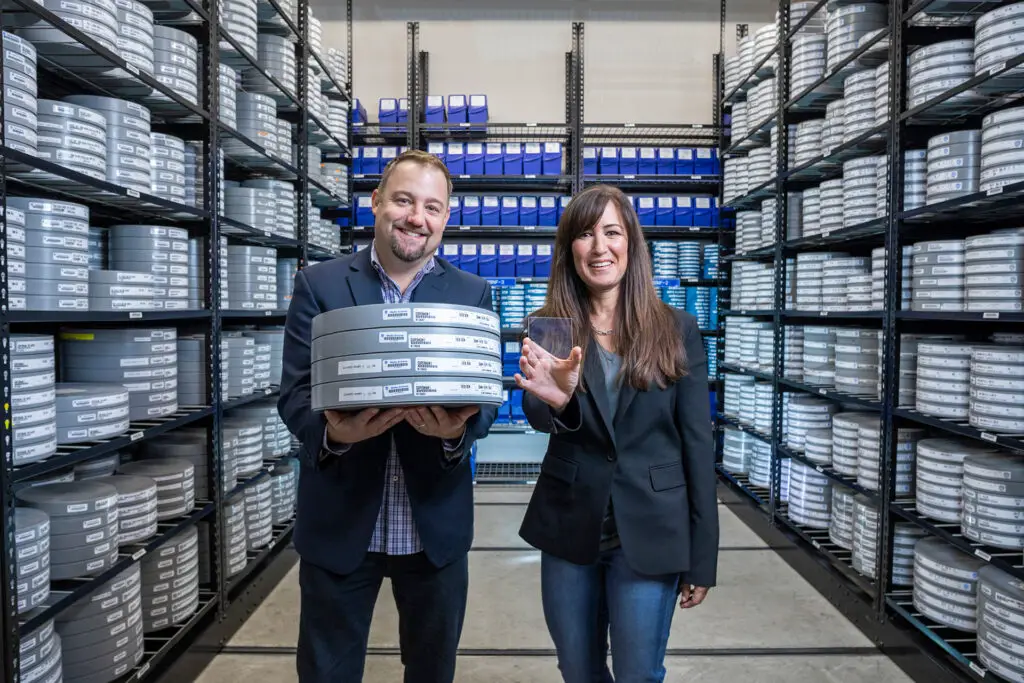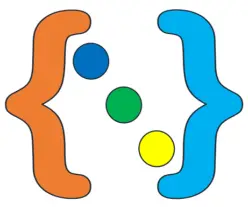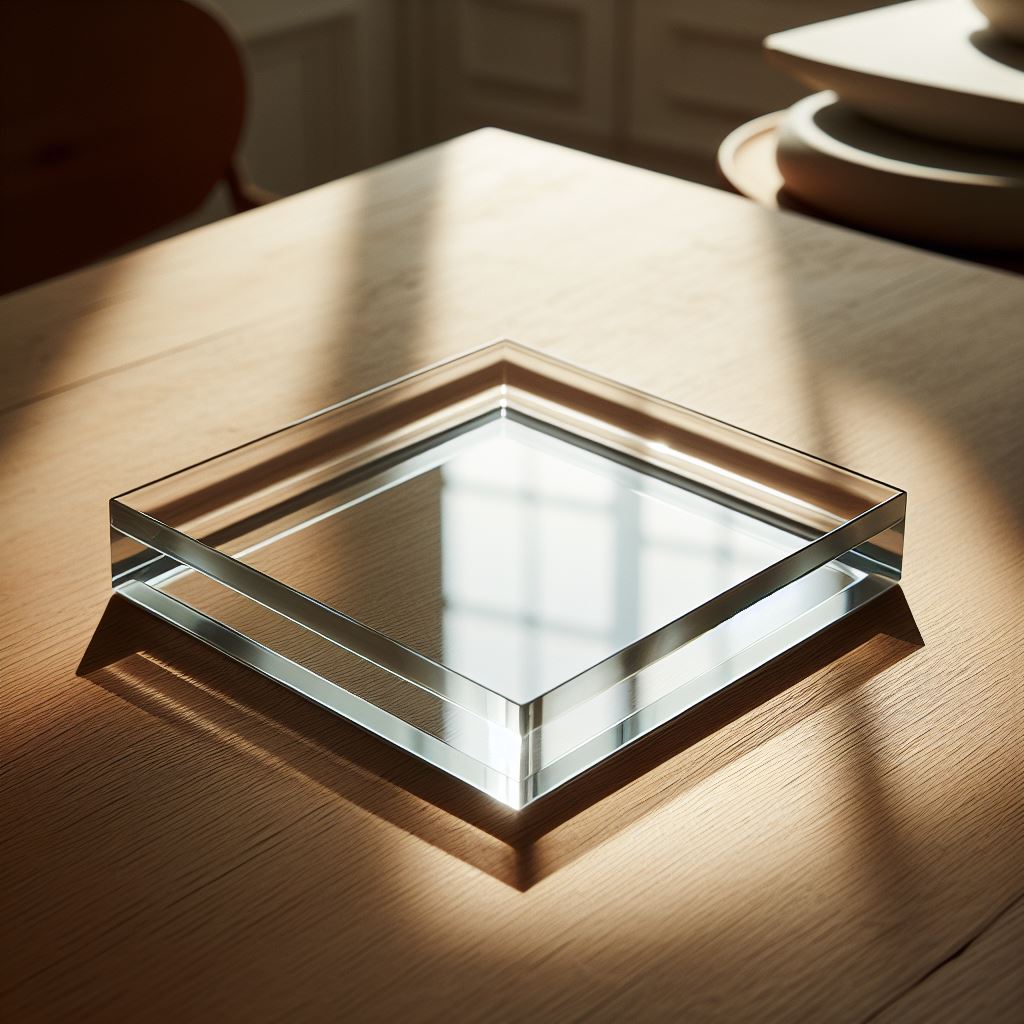Microsoft’s Project Silica is an innovative program that attempts to change the way we save data. This ground-breaking technology is intended to address humanity’s increasing demand for long-term, sustainable data storage.
The Requirement for a New Storage Solution
We continue to create vast volumes of valuable data as a species, such as personal histories, medical records, industrial data, and scientific data. Data storage demand is expected to increase hundreds of zettabytes by 2025. Existing magnetic media, however, do not provide a long-term or cost-effective solution since they deteriorate with time.
Project Silica is the solution.
To meet this demand, Project Silica is creating the first storage technology ever created from the ground up. The concept uses quartz glass, an inexpensive, long-lasting, EMF-proof material with lives ranging from tens to hundreds of thousands of years, to store data. Because it allows data to be retained in place and does away with the expensive cycle of regularly transferring data to a new media generation, this has important implications for sustainability.

Image credits – microsoft.com
Data Storage’s Future
Silica is a storage technique that can store volumetric data densities up to 7TB in a square glass platter the size of a DVD, outperforming existing magnetic tapes in this regard. The technology can reach aggregate write throughputs equivalent to existing archiving systems by using beam steering of the laser beam.
Microsoft CEO Satya Nadella said in November 2019 that Warner Brothers and Project Silica were working together to develop an early proof of concept demonstration of the technology.
Project Silica is a component of the larger Optics for the Cloud initiative, which investigates how cloud infrastructure will develop at the nexus of computer science and optics. This ground-breaking technology is a really exciting breakthrough in the realm of data storage since it has the potential to completely change how we access and store data.

